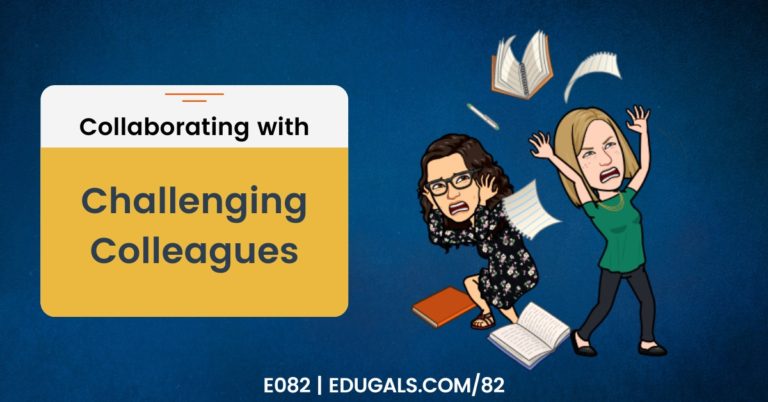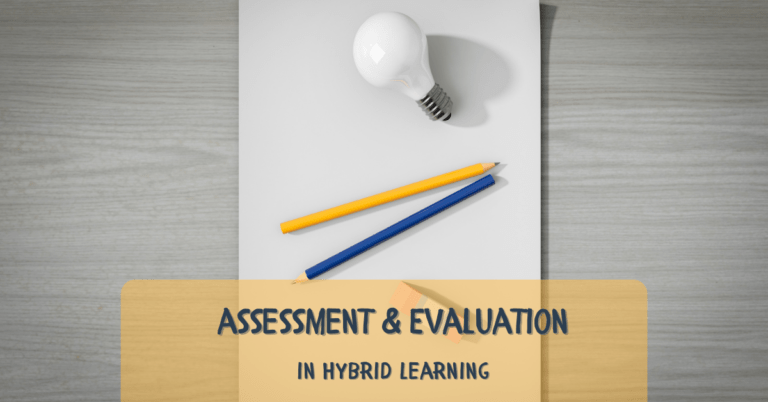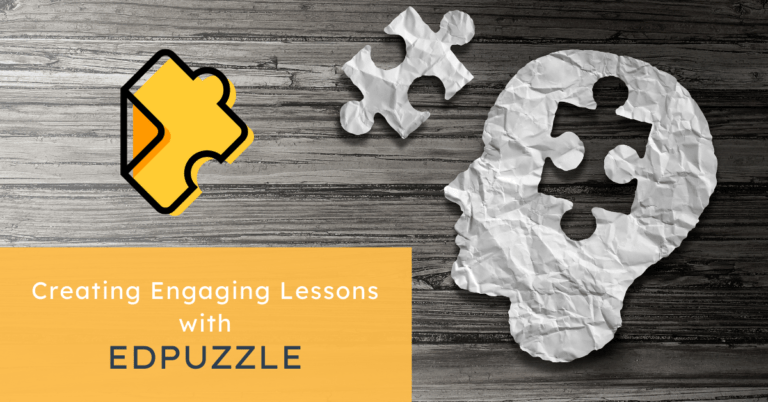[podcast_subscribe id=”7428″]
In this episode, we are talking about teaching practices, how teaching is a cognitive skills, and how we can get better. We are taking on Daniel Willingham’s final chapter in “Why don’t students like school?” and flipping the tables and looking at ourselves.
If you like what you hear, we would love it if you could share this episode with a colleague or friend. And make sure you subscribe so that you don’t miss out on any new content! And consider supporting the show by buying us a coffee or two!
We would love to hear from you – leave a comment on our website OR check out our FLIP!
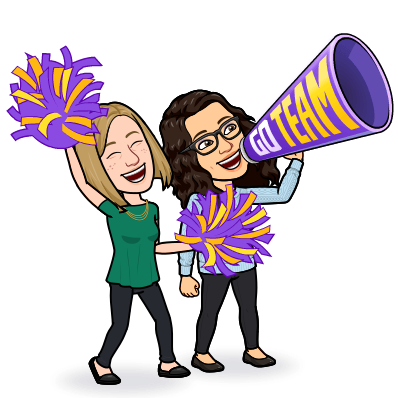
Show Notes
This week we are going to wrap up our book study that we have been doing for the past several months now on the book “Why don’t students like school?” by Daniel Willingham.
In case you want to get caught up on the rest of the book, here are some episodes to check out:
- E110 – How to get students thinking
- E113 – Strategies for enhancing memory and critical thinking
- E117 – Learning that transfers
- E121 – Supporting different types of learners
- E125 – How technology influences student thinking
It’s a great way to cap off this adventure, as this chapter talks about educators, and he flips it a bit and has us thinking all about cognition and what we have learned through the book, but instead thinking about our own teaching practice and us as individuals. The focus is now on us as educators!
The title of this chapter is “What About My Mind?” Throughout the book, he opens with a question and answer, and follows that up with the guiding principle for the chapter. We haven’t normally been sharing the question and answer, but for this final chapter, we felt it was worth mentioning.
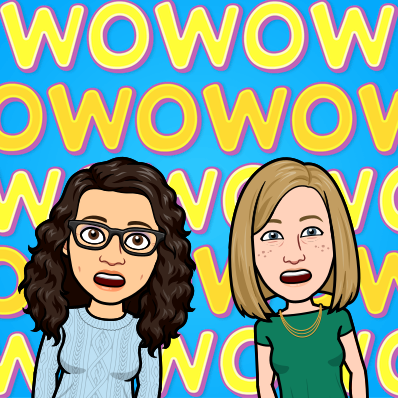
The question essentially asks ‘what about the minds of teachers?’ with respect to cognition and learning/thinking. His answer then goes back to the beginning and how he outlines the cognitive requirements for how students can think effectively, as well as the different principles and requirements. However, this time he’s flipping it on its head and reminding us of all the things we have been learning about, and how now we need to remove the focus from students and shift it on ourselves as educators.
This was a great way to really get us reflecting on everything that we have learned in the book, and how we are just like students.
And that brings us to the guiding principle of the chapter, which is “Teaching, like any complex cognitive skills, must be practiced to be improved.”
It is such a powerful statement, and had us immediately thinking to our teaching practice, and the fact that it’s even referred to as a practice. He then goes on to dive into more specifics about practice, and what that looks and sounds like, and gives us some criteria, which act as a really good reminder about what practice is. For example, we can’t just go through the motions year after year – that’s not really practice.
The entire conversation or focus of the chapter is framed in such a way to provide a really nice blueprint on how to be a better teacher.
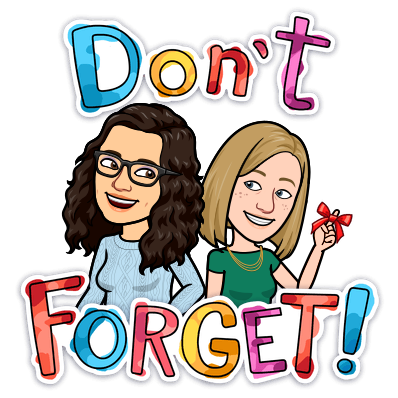
Willingham talks about how teaching is very demanding of working memory which, as we’ve shared in the past, decreases over time, typically hitting the max in one’s 20s. This means that it is a demanding profession, and we need to make sure that we have enough knowledge of our content area, as well as pedagogical knowledge, and that we are balancing things will and finding strategies to be effective.
If you’re a new teacher, it’s worth mentioning that in your first five years of your career, you are typically trying to figure out and make sure that you have all of your factual knowledge about the courses that you teach, ie the subject matter knowledge. At the same time, you should also pay attention and work to improve your pedagogical knowledge, ie how you teach your subject, the common misconceptions that students have, etc and all of the different procedures that you use in your classroom.
This is all essentially the stuff that needs to be stores in long-term memory.
Content knowledge alone is not enough to be an effective teacher. It’s a balance of content and pedagogical knowledge that will help you become a good teacher.
As experienced teachers, even now it takes a couple of times of teaching a course to really understand how to teach it effectively, common misconceptions or challenges that students experience, etc. From there, you’ll also figure out how to make it more accessible, and how to support students in such a way that it makes it easier for them to grasp course concepts.
Even now as experienced teachers, there are times where we are going through courses for the first time and we are still making lots of mistakes, and we aren’t always comfortable teaching some content, and we don’t necessarily know the best approach either. But these experiences and this discomfort help us to grow so much. So it’s worth considering that making mistakes and learning will always be a part of your teaching career, and that’s actually okay!
We think that this is a part of where imposter syndrome comes in: we may constantly feel like we are an imposter standing in front of our classes, and we may not feel like the expert at all, particularly at the beginning of our careers.
Deliberate practice
Willingham then goes on to explain this idea of deliberate practice. It isn’t just going through the motions year after year; it’s intentionally making changes to your teaching practice.
He shares the five characteristics of deliberate practice
- Pick one small feature of a skill and try to improve it
- We need to set specific goals and work to improve ourselves. It can’t be too general, or else we don’t have enough to work towards
- As you practice, get feedback from someone
- The person you choose to provide feedback should be at least as knowledgeable about that skill as you are
- Working in course teams is the perfect way to get feedback from someone, as they understand the content and learning goals
- Can also be a teaching bestie – it’s all about talking through the challenges and attempts/approaches, and giving each other feedback
- Push yourself our of your comfort zone
- Try new things – get uncomfortable! This is where the learning happens
- It’s challenging to push yourself, but keep coming back to your why and your goals
- Find deliberate practice mentally demanding, and candidly not fun
- This isn’t about having fun or coasting – it’s about focusing on a specific area or skill and working to improve. It’s going to be difficult at times, but it should be.
- It can be exhausting and difficult, but to see the benefits of this hard work makes it all totally worth it – lean into the mentally demanding work!
- Engage in activities that contribute to the skill indirectly
- Any sort of learning, even if indirectly related, is going to help strengthen your knowledge and skills
- These activities don’t have to be related to education
If you like these guiding principles or suggestions, then it may be worth checking out Jim Knight’s resources. He is a Google Certified Coach, and has written quite a bit about the topic. He has lots of great books on coaching, and getting really good at it.
While Rachel argues that she loves the idea of picking one small thing and working away at it to improve, she most certainly didn’t do that in practice this year! She took an entire course and made is master-based and ungrading all-in-one! While it was great timing due to the new de-streamed curriculum, it certainly took time and effort for the year.
Another concept that Rachel enjoys, and has tried, is the concept of teaching sprints. She had been learning quite a bit about this during her coaching work, but didn’t really get a chance to implement it during covid.
The concept comes from a resource called “Sprint” by Jake Knapp. In teaching sprints, you focus on a small goal, craft it, then go away and try it in the classroom, then come together to discuss it. It’s a great way to work in team to come up with things to try to address small goals, and then support one another in providing feedback, etc.
Make time for down time
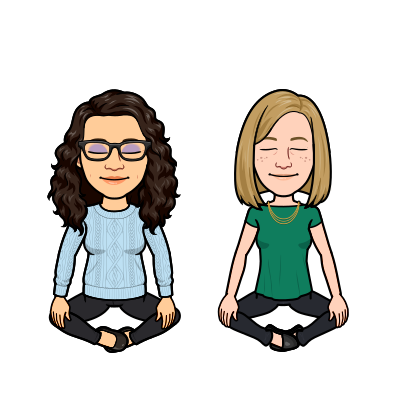
All of the above strategies are great, but it isn’t easy to sustain them over long periods of time. While going through these cycles of learning and improving our practice, it’s important that we make space for relaxing, and know your boundaries. Many people are going to try to convince you that you’re doing too much, so it’s important that you listen to you body and your brain, and that you make time for things that bring you joy, and that help you to relax and unwind.
If you love learning, then find new things that you want to learn! It doesn’t have to be work-related – it could be music, watching videos to improve a skill you have, etc. Katie loves taking violin lessons (even if she still isn’t very good at it), because it fills her bucket, and she really enjoys music.
No matter what you choose, just make sure that you intentionally and purposely find time for yourself.
Getting and giving feedback
Willingham goes into a whole section about getting and giving feedback. He details and outlines some steps that you can follow. He suggests working with one other person, and building up to giving each other feedback.
Because teaching is so personal, it’s important that you build up to giving feedback to others so that you don’t hurt someone’s ego, or have your ego hurt by others while going through this process.
The steps he provides are a nice sort of structure to work through, without necessarily stepping on each other’s toes.
No matter what you do, opening yourself up to feedback is scary, and sometimes it will make you feel uncomfortable. He suggests recording yourself teaching and watching it afterwards – this has us feeling all sorts of discomfort, likely due to our introverted natures, but we understand how powerful that can be. You can grow enormously just from seeing yourself in action in the classroom.
Before you do that, though, Willingham suggests that you watch videos of other teachers first. By going on YouTube and searching for videos of teachers teaching, you are able to get more comfortable with watching others, which helps prepare you for watching yourself and recognizing areas or room for improvement. Then, when you watch yourself, you are able to reflect on your practice and some of your behaviours or things that you say, or catch things that you may not notice because you are so caught up in your lesson at the time.
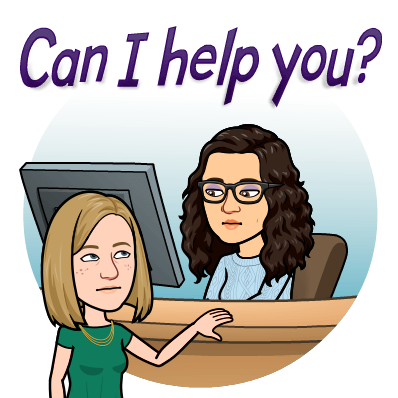
While watching other teachers with your feedback partner, it’s important to develop a concrete goal or focus for feedback prior to watching the lesson. While watching, you should record comments, suggestions and/or observations that are factual in nature, and should focus on delivering them in a supportive way. When giving negative feedback, it should be embedded within lots of positive feedback so that the recipient of said feedback isn’t offended or defensive.
From there, you should then record yourself and have your partner provide feedback to you. Once again, the person that is being recorded should set the goal, and any and all comments and suggestions made should be focused solely on that goal, and not on any other things that are noticed.
You don’t want to pick apart all aspects of someone’s lesson, as that will really affect their confidence and willingness to participate in these types of growth activities.
From there, you take the feedback provided, and find ways to bring it back to your teaching practice to improve your teaching.
One thing that Willingham said in this chapter that really stuck out is that if you want to be a better teacher, you can’t expect that improvement is a natural and unavoidable consequence of the experience you gain with passing years.
This was an important reminder that we aren’t going to get better at what we do unless we make purposeful and targeted changes in what we are doing in the classroom.
Annual learning plans
This also had us thinking about the annual learning plans that teachers have to create every year. For those that have no idea what we are talking about, at the beginning of the school year, teachers in Ontario have to set goals and make a plan for how they plan to reach that goal for the year.
This process is meant to help us grow as teachers. We just wish it was more than simply setting a goal. It would be nice to have some follow-up, some conversations, and some feedback so that it’s not just a goal, but rather a plan of action.
We typically only get feedback on these goals if it is a teacher evaluation year, and that only happens once every five years.
It would be so much more effective if these annual learning plans were more meaningful and constructive.
We get that it all comes down to funding and time – both of which are at a premium these days. However, if we want meaningful changes in how we do school, then we have to find ways to makes the time and have these conversations.
Conclusions
This has been such a great book that has made us rethink many things that we do as classroom teachers. It is most certainly worth the read if you haven’t yet accessed this resource.
Check it out, and see what you have to learn, and how you can help students like school!
EduGals Summer Plans
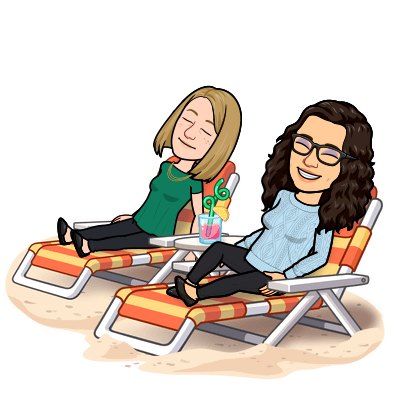
We would be remiss if we didn’t share our plan for the summer. We will be taking some much needed rest for July, and will return in the middle of August with a new episode.
We will release an episode from the archives in preparation for the topics we will be covering upon our return!
On that note, it’s worth sharing that we will be doing a book study on Joe Feldman’s “Grading for Equity.” If you would like to join us and read alongside us, please feel free to grab a copy and listen in!
